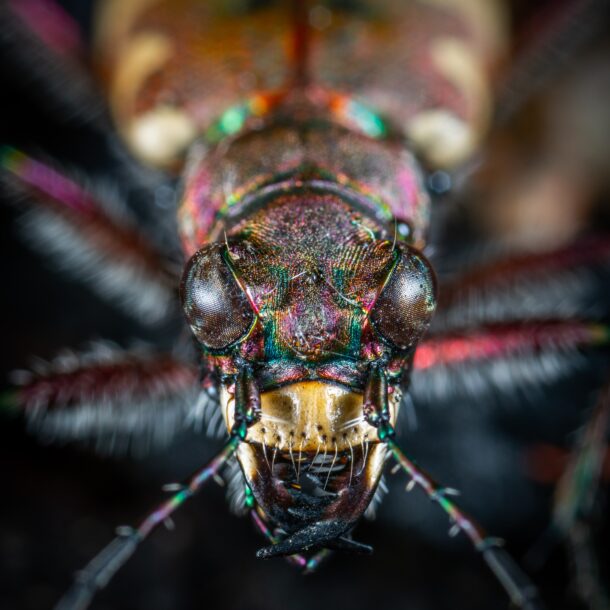
Recently, researchers discovered that fruit flies use a filter similar to a computer algorithm to assess the odors that help them find fruit, only the flies’ tools are more sophisticated:
When a fly smells an odor, the fly needs to quickly figure out if it has smelled the odor before, to determine if the odor is new and something it should pay attention to,” says Saket Navlakha, an assistant professor in Salk’s Integrative Biology Laboratory. “In computer science, this is an important task called novelty detection.
Computers use a Bloom filter for that, Navlakha, an integrative biologist, explains:
When a search engine such as Google crawls the Web, it needs to know whether a website it comes across has previously been indexed, so that it doesn’t waste time indexing the same site again. The problem is there are trillions of websites on the Web, and storing all of them in memory is computationally expensive. In the 1970s, Howard Bloom at MIT devised a data structure that can store a large database of items compactly. Instead of storing each item in the database in its entirety, a Bloom filter stores a small “fingerprint” of each item using only a few bits of space per item. By checking whether the same fingerprint appears twice in the database, a system can quickly determine whether the item is a duplicate or something novel.
In the fly brain, neurons called “Kenyon cells” broadcast a “novelty alert” when a new odor is encountered. However, the fly introduces a couple of twists: More. , “If computers thought like fruit flies, they could do more” at Mind Matters
Welcome to the world of the non-computable.
See also: Human intelligence as a halting oracle (Eric Holloway)
and
Has neuroscience disproved thinking? (Eric Holloway)